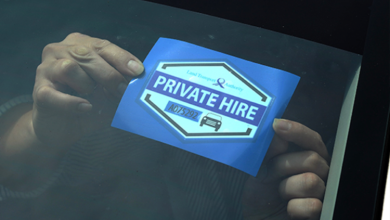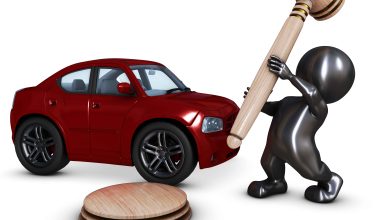How to spot used car engine problems
When looking into purchasing a used car, the car engine, transmission and car body are the most important that should be checked. Just because the car looks ‘clean’ and drives well doesn’t mean that all is good. The engine may have a hidden problem or could possibly be poorly maintained by its previous owner(s).
Of course, it’s difficult to evaluate the mechanical condition of the engine during a quick test drive, which is why it is strongly recommended that the used car is properly checked by a qualified mechanic before the purchase process and paperwork begins.
1. Check used car service records
The service records may not always be available, but be sure to ask your dealer for some proof that the vehicle has been well-maintained. If you have access to the records, look for oil changes and mileage records.
It’ll help if you can verify that oil changes have been done regularly. If the car has been driven between oil changes for much longer intervals than recommended, the engine might be worn inside.
2. Have a look under the hood
When you are checking a used car at a dealer’s lot, have a quick look under the hood before the test drive. It’ll be of even greater help if you have a small flashlight. Make sure that the engine is off, the transmission is in ‘Park’ and the parking brake is on.
What you are looking for are leaks, the smell of burnt oil or antifreeze, signs of poor quality repairs or lack of regular maintenance. Even if everything looks fine and dandy, it doesn’t mean much yet, as dealers often clean their used cars under the hood before showing them to potential buyers. Here are some examples
If the battery looks like this, it’s very unlikely that the vehicle has been regularly serviced.
3. Check the Oil and Coolant for Leaks
This Audi may look clean and shiny, but there’s a strong burnt oil smell that has been noticed, which is an indication of potential problems.
This car runs fine, but a close inspection revealed the coolant leak from the radiator. At a minimum, this car requires a new radiator, but sometimes, a cracked radiator may be a sign of more serious problems. It’s best to avoid used cars with similar issues.
Watch out for oil leaks as well. They may not be visible from above, but here is the trick – look underneath the car using your flashlight. Check the lower part of the engine and transmission. Everything has to be dry, just like this car above. There may be slight dampness which is not too bad, but there should not be any leaks.
As you can see from the oil level of this car, it’s very low and the oil is dirty too. This means that either this engine consumes oil or it has been a long time since the last oil change was done. In addition, the engine wears faster when low on oil. Normally, the oil level should be close to the ‘Full’ mark.
Engine oil in this car looks clean and the level is ok. It looks like the oil change has been done recently.
This test can tell a lot about the engine. If you are not comfortable doing this test, leave it to the mechanic. When the engine is off, remove the oil filter cap and look under it.
4. Be wary of modifications
Be careful if a used car has some performance mods. If done right, the modifications can greatly improve vehicle performance. However, poorly done engine mods can lead to many problems, especially if parts that were originally on the vehicle are no longer available. If the car has been modified, it’s also likely that may have been abused.
5. Start it cold
The best way to catch hidden engine problems is by starting it cold. In order to do this, it might be a good idea to meet the dealer a little earlier than your appointment time. The first thing that this will reveal is how good is the battery because is the battery is old, it might need to be boosted to start the car.
Another thing to look into is the engine noises. If the engine rattles or makes other loud noises, it might be excessively worn or has some mechanical problems.
After the car is started, all warning lights on the dash should come off. In this photo above, the car’s engine symbol that is known as the “Check Engine” light remained on after it started up. This means that the engine computer must have detected a problem.
It could just be a minor issue, but not handling the situation immediately can burn a hole in your wallet when you go for repairs. There is no way to know how serious the problem is until the car is properly diagnosed. Don’t wait it out for too long!
Notice the blue-grey exhaust? It means that the engine is actually burning oil. Cars like these need to check as soon as possible and should be avoided.




